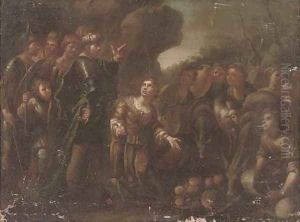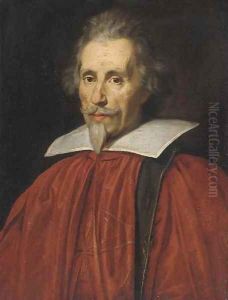Genoese School Paintings
The Genoese School refers not to a single artist but to a group of painters who were active in Genoa from the 12th to the 17th century. This school of art is particularly noted for its distinctive style that evolved independently of other major Italian art centers like Florence and Venice. Initially, the Genoese School was influenced by Byzantine art, evident in the use of gold backgrounds and a rigid, formal iconography in religious paintings. By the 16th century, however, Genoese art underwent a significant transformation, influenced heavily by the Renaissance sweeping through Italy. Artists began to incorporate more naturalistic elements into their work, emphasizing light and shadow, and adopting more dynamic and expressive compositions. The 17th century marked the golden age of the Genoese School with artists such as Bernardo Strozzi, Giovanni Benedetto Castiglione, and Domenico Piola. These artists contributed to the Baroque movement, characterized by dramatic use of color, light, and expansive compositions that conveyed motion and emotion. The Genoese School was known for its rich portraiture and grand historical scenes, which often mirrored the opulent and politically powerful nature of Genoa itself during this period. Despite its influence and the quality of work produced, the Genoese School often remained overshadowed by the more dominant art centers in Italy but remains a critical part of understanding the diversity and richness of Italian Renaissance and Baroque art.















